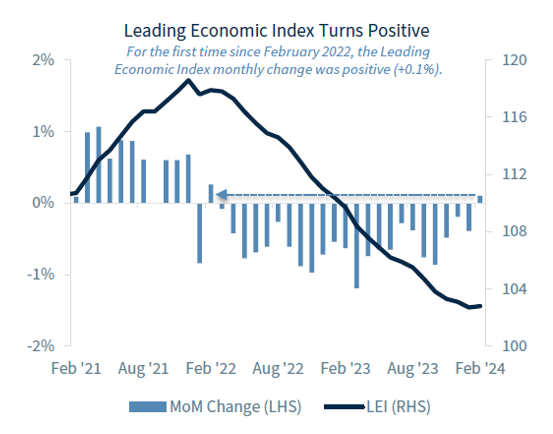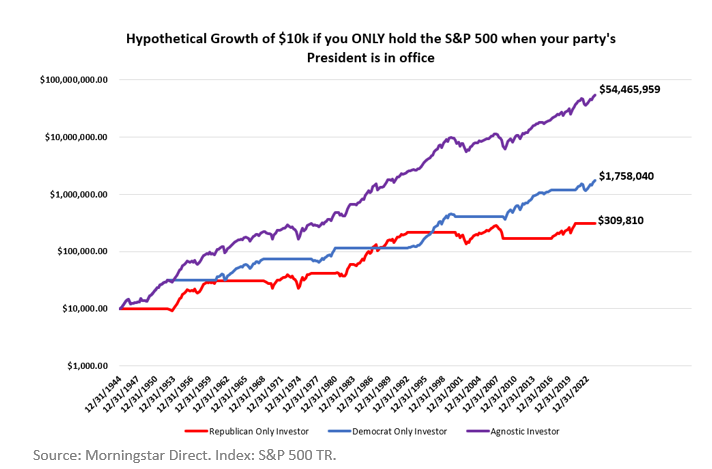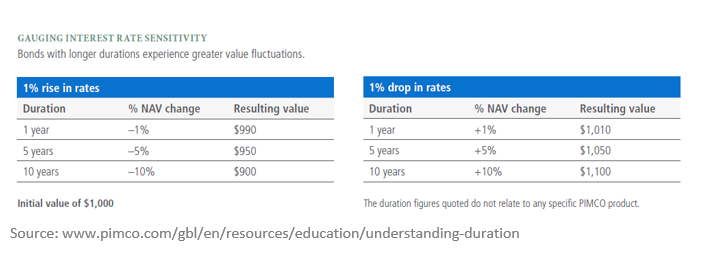 Contributed by: Nicholas Boguth, CFA®, CFP®
Contributed by: Nicholas Boguth, CFA®, CFP®
At the highest level…not much! Mutual funds and Exchange Traded Funds are two common types of investments that group individual securities together into a neat package to make it easier for us investors to build our ideal portfolios.
The difference between mutual funds and ETFs shows up more when you dig into the details of their liquidity, tax efficiency, costs, and transparency (more information on each difference is at the bottom of this post for anyone looking for the specifics). ETFs do have some structural benefits compared to mutual funds, which has led to their faster growth over the past decade, but the total assets invested in ETFs are still less than half that of mutual funds.
I buried the specifics at the bottom of this post because, for most of us, ETFs and mutual funds can be used interchangeably to reach our investment goals. In fact, some companies offer the exact same investment product in both fund structures.
The major question: "Which is better?" If only it were that easy…
ETFs do have a handful of advantages compared to mutual funds. Two of the most significant advantages are that they are often cheaper and more tax efficient. But like all things in investing, the best answer is…"It depends." Here are some examples where you might lean towards a mutual fund compared to an ETF: sometimes mutual funds ARE cheaper, or maybe you want to invest in a portfolio manager who doesn't offer an ETF, or perhaps you believe an asset class is better served by the mutual fund structure than the ETF, or you are holding a mutual fund in a taxable account and now have a large capital gain that you do not want to realize yet, or your trading platform charges higher fees to trade ETFs, or you want to set up automatic periodic purchases and a mutual fund is the only way to do that.
Ultimately, your investment portfolio can only be perfect for YOU. We would love the opportunity to help you build a portfolio that will help you reach your financial goals. Shoot us an email to get started!
Liquidity: ETFs trade intra-day, similar to stocks, so you can get a different price when you buy/sell at 10 a.m. compared to 2 p.m., for example. When you buy or sell a mutual fund, the price is determined at the end of the day.
Tax Efficiency: Mutual funds and ETFs rebalance and trade their individual holdings throughout the year, and those trades may generate capital gains. Mutual funds and ETFs must pass those capital gains onto you, the end investor. The difference is that the structure of an ETF gives it the option to create or redeem shares or "creation units" that allows them to minimize capital gains for the end investor throughout the year. From your perspective, the capital gains don't just disappear when you hold an ETF. You'll still realize those capital gains once YOU sell the ETF in your portfolio, but it gives you more control over WHEN you will realize them, which can be important for your financial plan.
Costs: ETFs are generally cheaper than mutual funds. There are a whole host of reasons for this, from operational efficiencies to commission/load differences. However, the average ETF is about half the cost of the average mutual fund when comparing expense ratios. There are exceptions to every rule, though, and trading fees/commissions also have to be taken into consideration when building your portfolio.
Transparency: Mutual funds generally only report their holdings to the SEC, whereas ETFs report daily. This gives end investors more transparency into what the fund is actually holding and can help inform our investment decisions.
Minimums and periodic purchases: Mutual funds often have higher minimums than ETFs, but you cannot buy fractional shares of ETFs, which may cause some operational issues in smaller portfolios. You are also not able to set up automatic purchases or sales into or out of ETFs like you can with mutual funds.
Nicholas Boguth, CFA®, CFP® is a Senior Portfolio Manager and Associate Financial Planner at Center for Financial Planning, Inc.® He performs investment research and assists with the management of client portfolios.
Securities offered through Raymond James Financial Services, Inc., member FINRA/SIPC. Investment advisory services are offered through Raymond James Financial Services Advisors, Inc.
Center for Financial Planning, Inc. is not a registered broker/dealer and is independent of Raymond James Financial Services.
This information is not a complete summary or statement of all available data necessary for making an investment decision and does not constitute a recommendation. Any opinions are those of the author and are not necessarily those of RJFS or Raymond James. Every investor’s situation is unique and you should consider your investment goals, risk tolerance and time horizon before making any investment or investment decision. Investing involves risk, investors may incur a profit or loss regardless of strategy or strategies employed. Asset allocation does not ensure a profit or guarantee against a loss.





















